The Silent Plea of the Unseen: A Story from the Shelter
It was late afternoon at the Friends of the Alameda Animal Shelter (FAAS), where shadows lengthened and the day’s end drew near. The echoes of laughter and barking were replaced by an eerie silence, punctuated only by the soft sounds of paws padding against the cold tile floors. The air was thick with the oddly pleasant scent of Buckeye disinfectant, a stark reminder of the cleanup done to maintain a semblance of order in a chaotic environment.
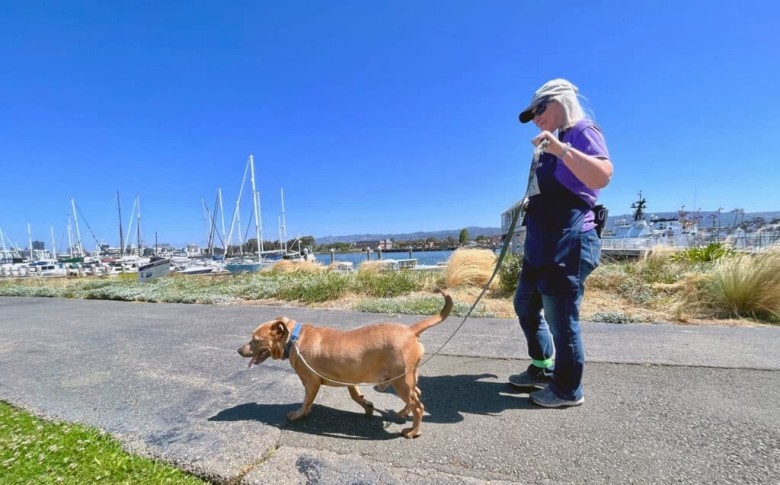
Near the entrance of the kennel, a dry-erase board displayed the stark reality of shelter life, marking four dogs with red circles next to their names. These symbols signified neglect, a cold truth in a world where the number of abandoned and lost dogs far exceeds the resources available to care for them. Each red circle symbolized a life not lived; a day behind bars without the joy of a human touch, a sniff of fresh air, or the exhilarating freedom of a walk.
As the clock clicked toward closing time, the dedicated staff were rushed, juggling tasks and responsibilities. Each worker was acutely aware of the pressing need to offer more than just food and shelter; they yearned to provide love, attention, and the vital experience of walking. With every passing minute, the weight of their duty loomed larger. The kennels were full. Dogs were anxious, their restlessness palpable, a silent plea for connection echoing inside their cages.
But somehow, in a small act of defiance against despair, the remaining dogs were leashed, harnessed, and taken out for their walks. It was a juggling act—a makeshift solution crafted from compassion and the resolve of a weary team. For those vibrant few moments, the tethered dogs would breathe outside air, feel the cool breeze, and perhaps reclaim a fleeting piece of their lost freedom.
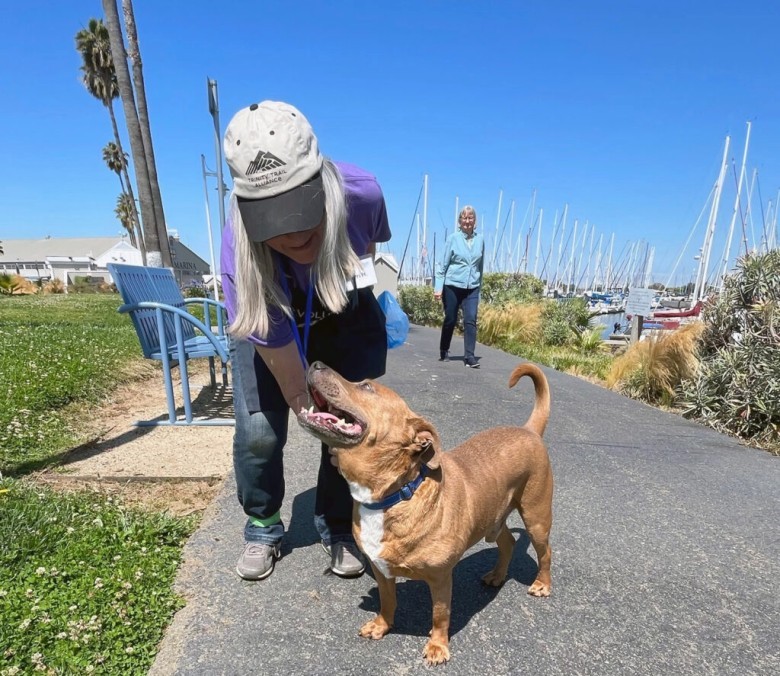
One by one, the dogs returned, tails wagging like flags of resilience, each one sporting a “W” in place of the dreaded red circle on the board. The mission, however meager against the scale of need, had been accomplished for the day. With every walk, each dog was given a chance to escape the confines of their metal and concrete existence, if only for a little while.
Walking, such a simple act, was replete with layers of meaning. For pet dogs, a walk signaled sheer joy—a primal celebration of freedom. Shelter dogs, on the other hand, approached the prospect of a walk with a desperate longing, as if every step outside the kennel’s walls could rewrite the narrative of their existence. They jumped, they barked, they spun in circles, a whirlwind of excitement barely contained by their temporary leashes.
Once outside, the world opened up. The dull sounds of barking and clanging had been replaced by the rustling of leaves, the distant sounds of children playing, and the irresistible allure of scents that told stories of other animals, humans, and life beyond the shelter walls. Each walk became an opportunity for healing.
For the weary shelter staff and volunteers, these walks served more than just physical exercise for the dogs. They were an essential respite, a necessary reminder of why they committed themselves to this often disheartening work. With every happy tail wag, each dog experienced a moment of clarity in a world that often seemed so cruel. The walks reinforced the bond between human and dog, crucial in a shelter where trust had been shattered for many.
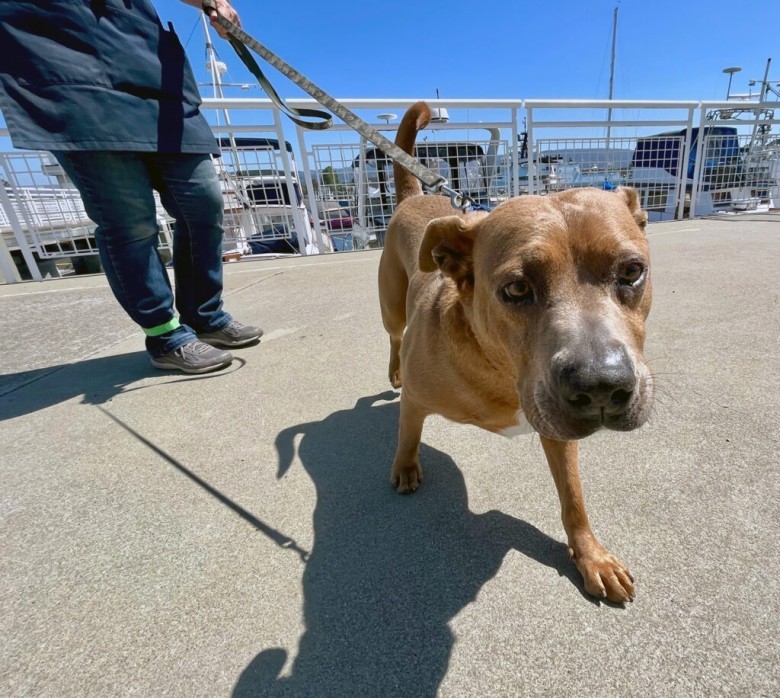
Scott, a regular volunteer, found immense joy in this simple routine. “Agatha and Bailey really made my day,” he mused after returning from a string of walks. He spoke of his connection to the dogs, who eagerly explored their surroundings during their time together. “I could really tell that both dogs were happy to be exploring on a beautiful sunny Alameda day.” His reflections highlighted the intimacy formed in those brief moments out of confinement. It wasn’t just a walk; it was a leap toward normalcy, a snippet of life that the dogs had lost, perhaps forever.
Yet, the undercurrent of grief mingled with these moments of joy. For every red circle that transformed into a “W,” there were countless others that remained unnoticed in the shadows. The shelter was teeming with dogs, each with unique stories of betrayal and loss. The reality of their lives weighed heavily on those who cared for them, knowing that each day held the potential for heartbreak.
As dusk settled, the lights in the kennel flickered softly. The surviving dogs curled up in their corners, exhausted but comforted. Their eyes expressed a flicker of hope beneath their weary lids—the hope that tomorrow would bring new walks, new connections, and possibly, a forever family. Shelter life was a paradox: moments of pure joy and laughter intertwined with the somber knowledge of their circumstances.
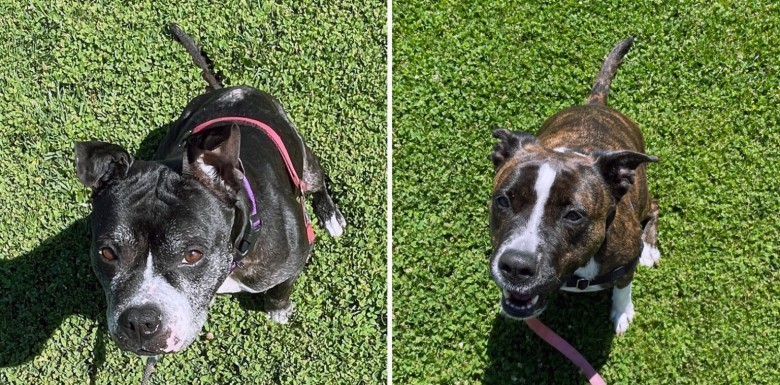
There were no fairy-tale endings here, just the hard truths of life spent in limbo. Each day at FAAS was a relentless struggle against the tide of neglect and abandonment, a reminder that love and loyalty often end up in unwanted places, trapped in cages of circumstance.
The volunteers and staff at FAAS offered a glimmer of hope in a world that sometimes felt devoid of it. Their commitment to walking those dogs, to showering them with the attention they craved, created ripples in the normally stagnant waters of shelter life. With each leash attached, they protested against the darkness, proclaiming that these dogs mattered, that their lives held significance, and that each one deserved a fighting chance at happiness.
In a world often indifferent to the trials of the vulnerable, FAAS stood as a beacon of hope—a testament to the power of compassion and the indomitable spirit of both humans and dogs alike. The evening’s end was just a pause, a temporary respite from the struggles that lay ahead, but with each new day, they fought harder for the voices unheard and the souls forgotten.
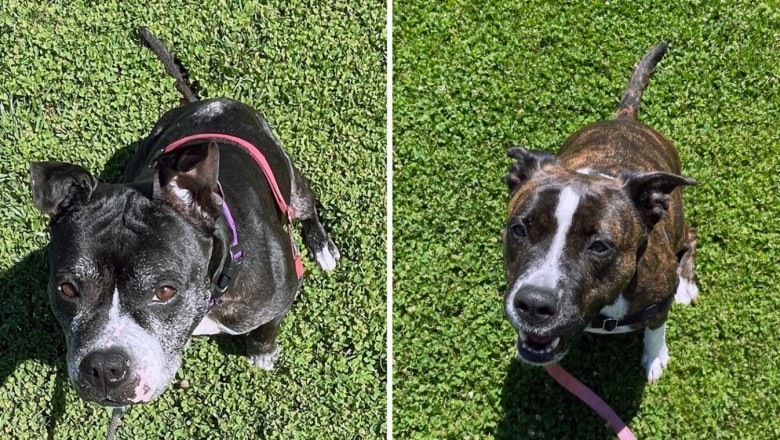















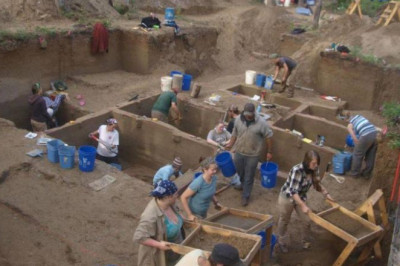

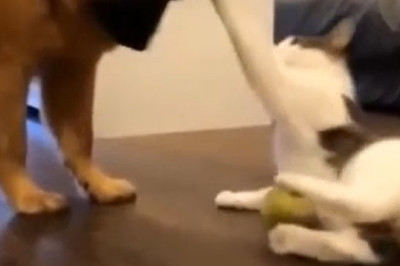
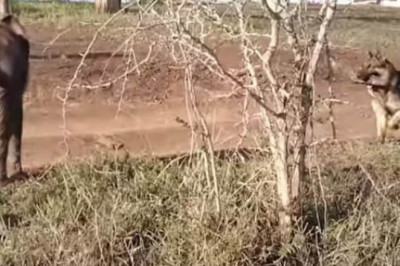
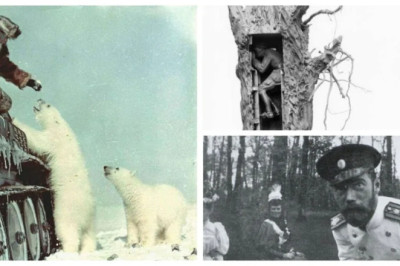
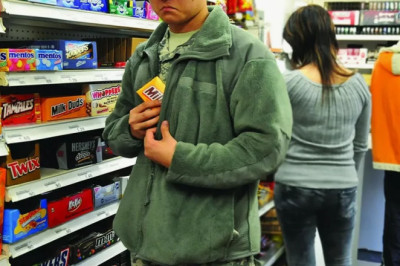
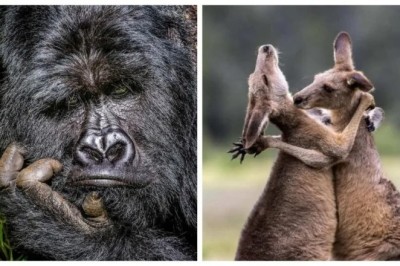


Comments
0 comment